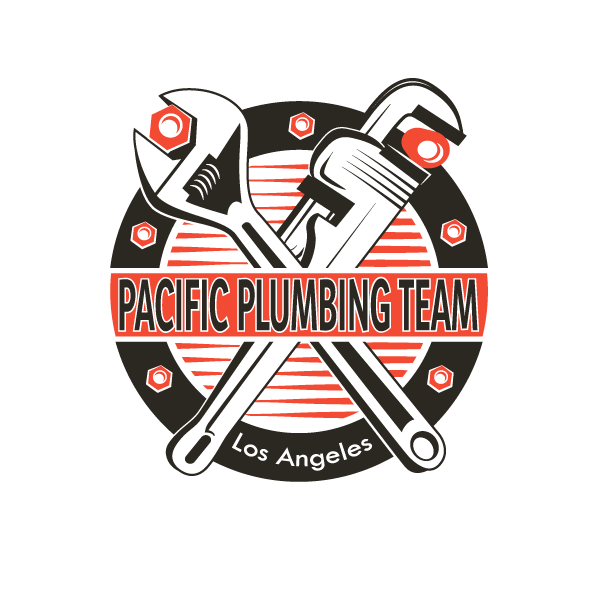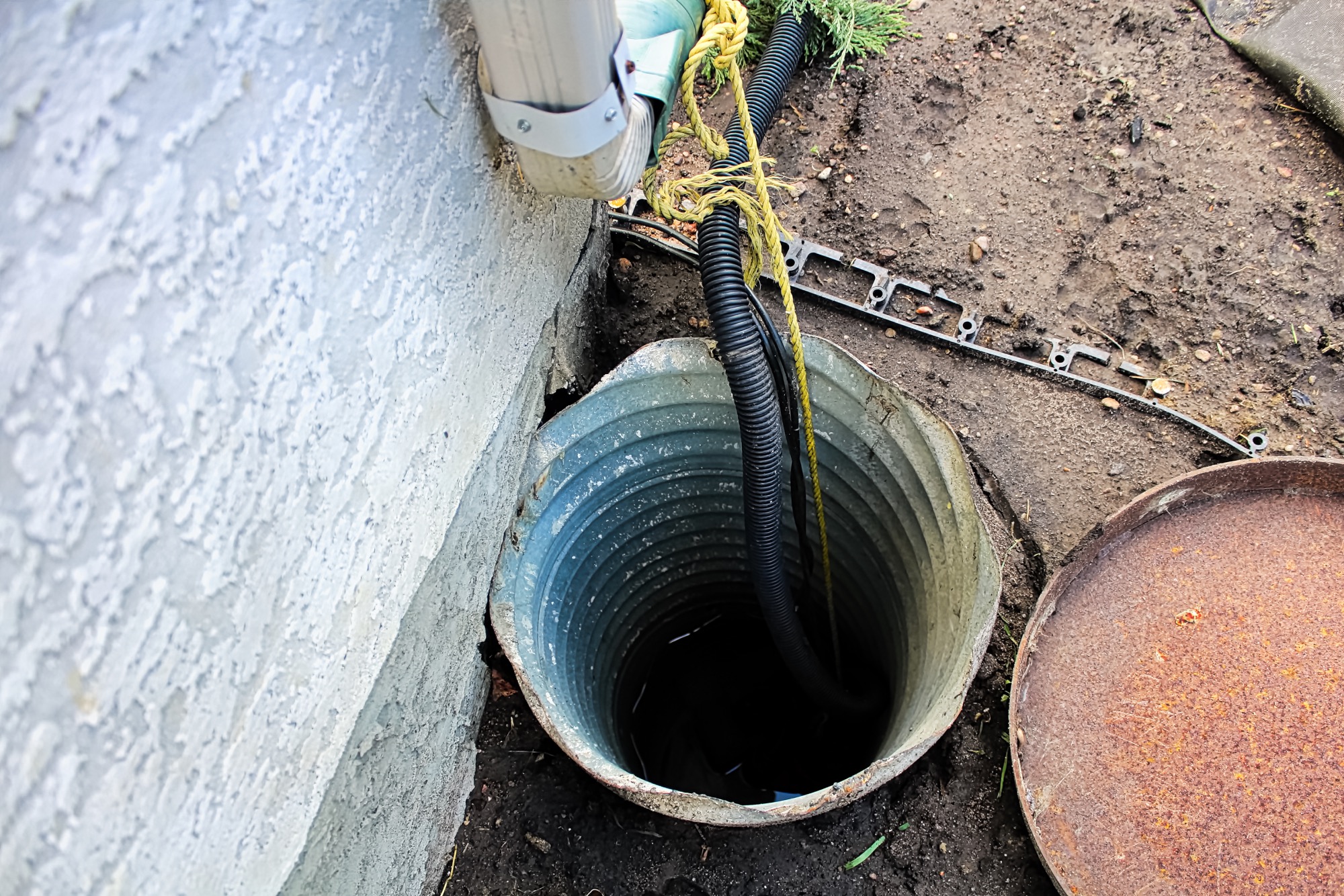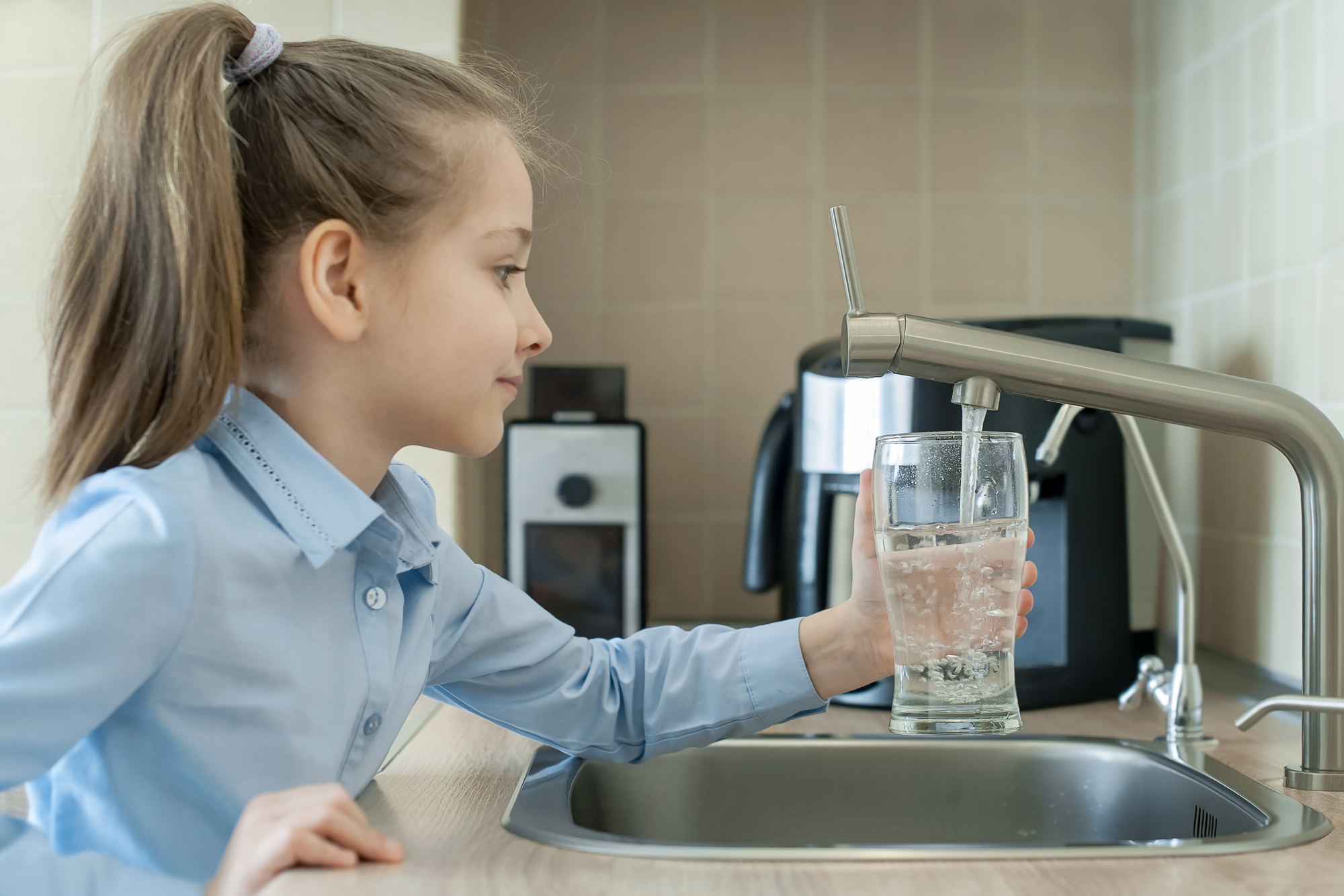Did you know that a dripping faucet can waste up to 3,000 gallons of water per year? That’s equivalent to roughly 180 refreshing showers and a huge increase on your utility bill. Instead of having this “water waster” in your home, it’s best to get immediate dripping faucet repair before the costs add up!
In this post, we discuss the main culprits of a leaky faucet, how to fix it, and how to prevent precious water from dripping down the drain in the future. So, keep reading to see why you should never let a leaky tap sit for too long!
Why you should never ignore a leaky faucet
How much does a dripping faucet cost, you ask? Well, the price to pay is so much more than the sudden increase on your utility bill. Here’s why you should never dismiss those tiny drips coming from your faucet:
- Increased water bill. As we’ve mentioned earlier, dripping taps can cause a huge increase in your utility bill. So, how much does a dripping faucet cost a month? Well, it can set you back by as much as $70 more per month on top of the leaky faucet repair cost.
- Mold and mildew growth. Leaky faucets create a continuously damp environment, which promotes mold and mildew growth. This is dangerous to your family’s health and can be costly to clean up.
- Damage to other fixtures. The continuous drip can also lead to rusting of other water fixtures in your home. The wasted water can also lead to the rotting of nearby siding and other wooden materials.
- Pest infestations. Pests like termites and rodents have one thing in common: they love constantly damp places. In that case, your leaky faucet handle might be giving them the ideal place to harbor and multiply. This spells huge trouble for you and your family.
- Structural damage. Depending on where they are located, leaks from your faucet can cause water damage to walls, cabinets, and exteriors if they are not repaired immediately.
What causes a leaky faucet?
Why do faucets drip? There are many possible dripping faucet causes in your home, and here are some that you should watch out for:
- Worn-out washers. Damaged or worn-out washers are the most common cause of dripping taps in homes and commercial spaces. These washers create a tight seal, but they also become brittle and damaged over time. When that happens, you’ll need replacements to prevent water from seeping through even when your taps are off.
- Corroded valve seat. A leaking faucet valve can be caused by corrosion caused by sediment buildup. When this happens, the valve which connects the spout and faucet will become loose and leaky.
- Damaged O-rings. O-rings are the small rubber material that seals the connection of your faucet. Like faucet washers, O-rings will deteriorate and cause leaks unless they are replaced.
- Abnormally high water pressure. Too much water pressure puts unnecessary stress on your faucets, which will cause them to leak despite being in good shape. Take note that very high water pressure can also lead to burst pipes and other damage to your plumbing fixtures.
- Sudden temperature changes. An abrupt shift in water temperature can loosen the components of your faucet, ultimately causing leaks. This often happens during winter or when you have a faulty water heater.
- Buildup of debris. Los Angeles is known for its hard water, which can lead to sediment buildup on plumbing fixtures, including your faucets. Over time, this buildup will seep through the components of your tap, which will break its seal and cause leaks.
How to fix a faucet drip
To be fair, some cases of leaky taps can be fixed on your own if you have some handyman skills. If you want to try your hand at DIY leak repair before calling a professional, here’s what you have to do:
Step 1. Prepare the tools
First, you’ll need several tools from your toolkit. This includes an adjustable wrench, a flathead screwdriver, WD-40 oil, and replacement washers or O-rings. Take note that you may need other replacement parts later on once you’ve dismantled and inspected your faucet.
Step 2. Turn off your water supply
Next, you need to turn off your water supply to avoid making a mess inside your home. It’s best to turn off the main water line while you work on your leaky tap.
Step 3. Remove the handle
Once you’re all set, you can start removing the decorative parts of your faucet handle. You can use a flathead screwdriver to pry any of these parts. Make sure that you keep them in a container so you won’t lose them later.
After that, simply unscrew the mounts that attach the faucet handle to the stem. For faucets with sediment buildup, a spritz of WD-40 penetrating oil can help loosen up the screws.
Step 4. Dismantle the rest of the faucet
After removing the faucet handle, you can go ahead and dismantle the rest of the faucet. You need to use your adjustable wrench to loosen the packing nut and remove the stem. In some models, you may need to twist off the stem from the valve to loosen it.
Step 5. Inspect the components
As you remove each part, inspect it for damage. This will help you assess which parts you’ll need to buy from the hardware store later.
In our experience, most leaky taps in Los Angeles are due to damaged O-rings or washers. If everything in the faucet seems intact, this might also be the case for you.
However, if you see any broken or cracked parts, you may need to purchase a replacement. In some cases, you may need to replace the entire faucet for a long-lasting solution.
Step 6. Make the necessary replacements
Next, if you don’t see any other damage, you can replace the O-ring and washer inside the faucet. Make sure you clean the component as well to prevent sediments from damaging your replacement parts.
Step 7. Reassemble the faucet and test
Lastly, put all the components back together and test if your faucet still drips. We suggest observing your tap for a few days to see if the water leak will recur. If not, you’ve successfully finished the DIY repair. However, if the drips come back, you probably need the help of a professional.
When to call a professional plumber for a leaking faucet repair
Did your leaky faucet recur after your DIY repair? Or do the steps above sound like too much work for you? If so, you’re better off calling a licensed plumber like Pacific Plumbing Team!
This way, a professional can check your faucet and diagnose the root of the problem. It’s also advisable to call a licensed plumber if you have a complex or expensive faucet that could be damaged further with DIY repair.
Aside from the faucet itself, we will also inspect other parts of your plumbing system. This is to confirm whether high water pressure, temperature problems, and other issues are causing a fully functional faucet to leak.
But how much does a leaky faucet cost? It depends on the exact problem of your tap and the type of faucet you have at home. Don’t worry because we will give you a free quote before repairing your dripping faucet.
Overall, the cost to fix a leaky faucet is more affordable when you call a professional right away. This will save you from performing trial-and-error solutions that will cost more in the long run. Above all, you’ll save yourself from the frustration and hassle!
How to prevent dripping faucets in your home
As with any plumbing problem, leaky taps are easily preventable. Here are some of the preventive steps you can take so you no longer have to think about the cost to repair a leaky faucet over and over again:
- Invest in quality water fixtures. If you’re getting a brand-new faucet, consider investing in a high-quality and durable model. While it will cost more than budget options, it will also hold better against wear and tear that causes leaks.
- Keep an eye on your water pressure. We also recommend getting water pressure sensors to prevent pressure-related leaks on your faucet and other plumbing components.
- Observe proper installation. There’s a reason why smart homeowners in LA call a professional plumber to install their taps. This is to ensure that they won’t encounter leaks or other similar problems.
- Clean the aerators. The mesh screens at the opening of your faucet are called aerators, which can have mineral buildup over time. Make sure you clean it regularly to avoid having water pressure issues and leaks.
- Install a water softener. Hard water can corrode your faucet fast, which can lead to leaks and a slew of plumbing issues. You can prevent this by installing a water softener on your plumbing system.
Need help with your leaky taps? Call us at Pacific Plumbing Team today!
Whenever you spot leaky faucets in your home, all you have to do is call Pacific Plumbing Team for quick repairs. We provide same-day plumbing service anywhere in Los Angeles and surrounding areas, courtesy of our licensed and insured plumbers.
As a family-owned business, we know how important it is to have functional and leak-free faucets at home. This is why we’re quick to respond, and we don’t charge extra for overtime work.
So whether you have leaky taps that need fixing or some other plumbing issue, don’t hesitate to contact us right away! Our plumbers can reach you in as fast as 1 hour, depending on your exact location and our availability.

Your Partners in Plumbing Solutions
Don't let a clogged sink disrupt your daily routine. Contact Pacific Plumbing Company today for efficient and reliable solutions. Our experienced team is ready to tackle any plumbing challenge, providing prompt service and peace of mind. Let us handle the clogs so you can get back to what matters most.











